Overview
Nepal Academy of Tourism and Hotel Management (NATHM) was established in 1972 and is located in Rabi Bhawan, Kathmandu, and offers degree programs in hospitality and tourism (BHM, BTTM, MHM) for Nepali and international learners.
NATHM runs undergraduate and graduate programs that link classroom study with industry practice. BHM and BTTM are eight-semester programs requiring extensive practical exposure and internships. MHM is a four-semester master’s program with coursework, a policy analysis component, and a thesis. All programs follow semester evaluation with internal and external assessments as per Tribhuvan University standards.
NATHM also conducts short-term training in tourism and hospitality domains that align with sector needs.
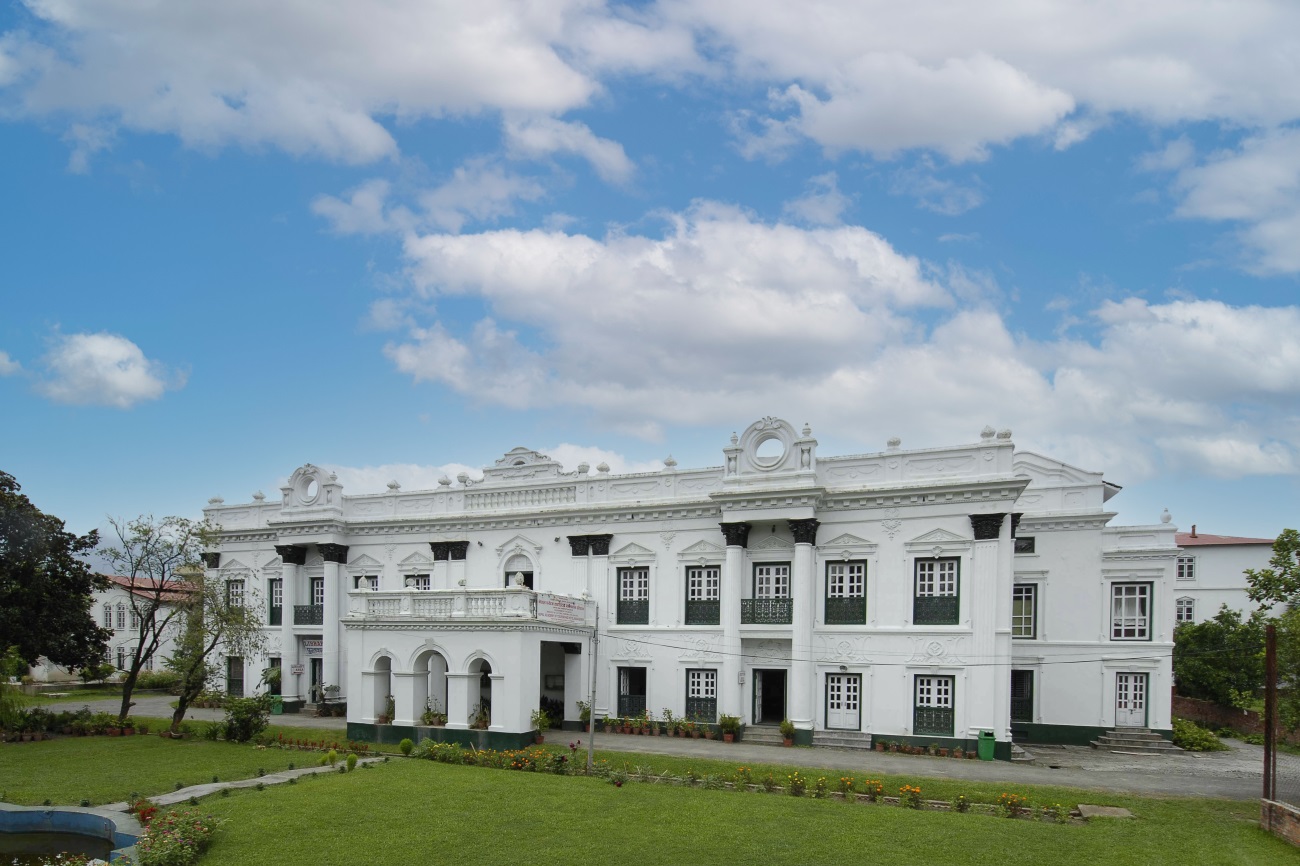
Quick Highlights
-
Location: Rabi Bhawan, Kalimati, Kathmandu
-
Programs: BHM, BTTM, MHM
-
Academic System: Semester model with internal and external evaluation
-
Total Credits: BHM 126; BTTM 126; MHM 69
-
Industry Exposure: BHM two-semester exposure; BTTM eighth-semester attachment; MHM focus-area courses plus thesis
-
Minimum Attendance: 80% to sit for end-semester exams
-
Assessment Weighting: Theory: internal 40% + external 60%; practical courses include external practical components
-
Minimum Passing Standard: Grade B (CGPA 3.00) for key evaluations
-
Entrance Test (UG): CMAT followed by interview (as per TU Faculty of Management)
Academic Programs Offered
Bachelor of Hotel Management (BHM)
Program Aim and Structure
BHM develops knowledge and practical skill for hotel and catering operations, service management, and hospitality leadership. The curriculum comprises compulsory studies, core operational courses, industrial exposure with internship report, and one elective. Total requirement is 126 credits across eight semesters.
Course Components (selected illustration)
-
Compulsory: English I & II, Principles of Management, Financial Accounting, Organizational Behavior and HRM, Sales and Marketing, Cost and Management Accounting, Financial Management, Nepalese Society and Politics, Entrepreneurship, Statistics, Economics, Strategic Management, Research Methodology and Project Report.
-
Core: Hotel French; Food Production & Patisserie I–II; Food & Beverage Service I–II; Housekeeping Operations I–II; Food Science & Nutrition; Food Production Operations; Bar & Beverage Service; Front Office Operations I–II; Hotel Engineering; Food Production Management; Food & Beverage Management; E-Commerce for Hospitality; Event Management for Tourism and Hospitality; Legal Environment for Hospitality; Cultural Resources of Tourism in Nepal.
-
Electives (any one): Barista and Bartending; Room Division Management; Advance Food Production.
Industry Exposure and Internship
Industrial exposure spans the seventh and eighth semesters, with a structured placement, logbook, internship report, and viva-voce. The combined exposure covers 44 weeks minimum in recognized hospitality settings in Nepal or abroad.
Attendance and Evaluation
Students must maintain at least 80% attendance in theory and practical classes and meet internal requirements to sit for external exams. Theory courses carry 40% internal and 60% external weighting, while practical courses include an external practical component assessed jointly by internal and external examiners. A minimum of grade B (CGPA 3.00) applies for key pass criteria and practicals.
Graduation Timeline
BHM must be completed within seven years from initial registration.
Bachelor in Travel and Tourism Management (BTTM)
Program Aim and Structure
BTTM focuses on travel operations, destination management, guiding, sustainable tourism, and allied service sectors. Like BHM, it totals 126 credits over eight semesters, with compulsory studies, core courses, an eighth-semester industrial attachment and internship report, and one elective.
Core Areas (selected illustration)
Fundamentals of Travel and Tourism; Values and Spirituality in Tourism; Hospitality Operations; Tourism in Nepal; Travel Service Operations I–II; Airlines Ticketing and Fare Construction; Adventure Tourism; Tourism Marketing; Language I–II (French/Chinese); Global Distribution System & E-ticketing; Tour Guiding & Interpretation; Electronic Tourism; Air Cargo Management; Tourism Economics; Tourism Geography; Eco-Tourism; Tourism Planning and Policies; MICE Tourism; Sustainable Tourism Development; Cultural Tourism; Tourism Legislation.
Electives (any one)
Tourism and Aviation; Spiritual Tourism; Airlines Operations and Management; Travel Photography and Videography.
Industrial Attachment and Internship (8th Semester)
Students complete a minimum 20-week industry attachment in sectors such as travel, trekking, aviation services, hotels, and public tourism bodies, maintain a TU-format logbook, prepare an internship report, and defend it in a viva.
Attendance and Evaluation
Minimum 80% attendance applies. Theory courses carry 40% internal and 60% external weighting. Practical assessments include viva, field reports, presentations, and project work depending on the course. Students must achieve at least grade B (CGPA 3.00) to pass key components.
Graduation Timeline
BTTM must be completed within seven years from initial registration. Credit transfer and program withdrawal options are available under TU rules.
Master of Hospitality Management (MHM)
Program Aim and Structure
MHM is a two-year program over four semesters designed for advanced study in tourism and hospitality management, including leadership, economics of leisure and tourism, accommodation operations, HRM, management accounting, and philosophical foundations of the field. The program totals 69 credits: compulsory/core 33, focus areas 24, elective 3, policy analysis 3, and thesis 6.
Illustrative First-Semester Courses
Management for Tourism & Hospitality; Economics of Leisure & Tourism; Philosophical Foundations of Tourism & Hospitality; HRM for Tourism & Hospitality; Management Accounting for Tourism & Hospitality; Accommodation Operations Management.
Academic Requirements
Students complete focus-area coursework, one elective, a policy analysis course, and a thesis, integrating research skills with managerial problem-solving. Fee tables and administrative notes are issued by NATHM and TU; external exam fees are paid as per TU notices.
Course Fees and Seats
| Course | Total Fees (Rs.) | Seats |
|---|---|---|
| BHM | 575000 | 240 |
| BTTM | - | 160 |
| MTTM | 300000 | 40 |
Admission Process
Undergraduate (BHM/BTTM)
-
Eligibility: Successful completion of 10+2 or equivalent recognized by Tribhuvan University. For recent cohorts, minimum D (or D+) in each subject with CGPA ≥1.80 as specified for the relevant exam years, or second division in 10+2/PCL/equivalent.
-
Entrance Test: Applicants take the CMAT (Central Management Admission Test) conducted by the Faculty of Management, TU. Sections include Verbal Ability, Quantitative Ability, Logical Reasoning, and General Awareness. Minimum 40% is required to qualify for interview.
-
Interview and Merit List: Short-listed candidates attend group discussion/personal interview. Final selection uses a composite score drawn from 10+2 marks, CMAT, and interview as per program rules. Document verification is required at admission.
Graduate (MHM)
MHM entrants follow NATHM’s master’s eligibility and enrollment procedures published for the session, including course-load planning across four semesters. Official notices provide semester-wise fee structures and required documentation.
Teaching Faculty and Learning Methodology
NATHM’s degree programs blend lectures, demonstrations, simulations, field visits, labs, and long industry placements. Practical components in BHM and BTTM—ranging from kitchen labs to tour guiding exercises—carry external practical examinations with internal and external examiners. Across programs, internal assessment includes assignments, unit tests, mid-terms, end-semester tests, and attendance; external assessments are conducted under TU’s Faculty of Management.
For BHM, professional kitchen and service labs support courses such as Food Production, Food & Beverage, Housekeeping, Front Office, and Hotel Engineering. For BTTM, modules such as Global Distribution Systems & e-ticketing, airlines fare construction, guiding, and destination development are linked with practical checks and field reports. MHM integrates case analysis, policy study, and a research thesis.
Infrastructure and Learning Facilities
NATHM provides academic blocks, specialized labs, and access to an MIS and library portal referenced on program pages. Industry-standard kitchen and service labs, front office and housekeeping set-ups, and IT resources support practical work. Official contact and information channels (email, phone, map, social media, journal link) are listed on NATHM program pages for student inquiries.
Student Life and Campus Experience
Degree structures encourage steady engagement: daily practicals, projects, and industry visits build confidence for real work settings. Attendance thresholds foster continuity and readiness for external examinations. Field activities in BTTM and operational rotations in BHM expose learners to typical workflows and professional etiquettes. Graduate study in MHM adds networking, seminars, and research supervision.
Extracurricular Activities (ECA)
NATHM schedules seminars, workshops, cultural functions, and sports activities during the academic year; associated costs are shared on a pro-rata basis. These events deepen exposure to hospitality service culture and tourism contexts while maintaining the program’s academic focus.
Scholarships and Financial Support
Tuition, registration, maintenance, and activity fees are program-specific and published by NATHM along with instructions on exam fees payable to TU. Students planning internships outside Nepal may bear additional costs. Security deposits and uniform costs (where applicable) are specified on official notices. Prospective applicants should check the latest updates issued for each intake.
Achievements and Institutional Milestones
NATHM’s academic pages emphasize structured industry exposure, external practical examinations, and a grading standard aligned with TU’s Faculty of Management. The institute’s programs reference broad sector partnerships across hotels, airlines, travel and trekking agencies, and public bodies—key for placements and real-world problem-solving. Program handbooks specify learning outputs geared to supervisory and managerial roles in hospitality and tourism services.
Why Choose NATHM?
-
Focused Degree Paths: BHM for hotel operations and services; BTTM for travel and destination systems; MHM for leadership and research.
-
Clear Credit Maps: Transparent credit loads, electives, and semester plans.
-
Industry Integration: Extended exposure periods with formal logbooks, reports, and viva.
-
Transparent Evaluation: Defined internal and external assessment, attendance rules, and grading scales.
-
Research-oriented Master’s: Policy analysis and thesis requirements in MHM.
Message from the Institution
NATHM’s curriculum documents and official program pages communicate a steady approach: practical learning, external validation through TU systems, and placements that reflect sector realities. Learners are encouraged to build professional conduct, time management, and service standards that match hospitality and tourism operations within Nepal and abroad.
Conclusion
NATHM presents a clear pathway for students seeking structured hospitality and tourism education in Nepal. With defined credit frameworks, external assessments, and embedded industry exposure, the academy’s programs give learners repeated practice in core tasks while keeping them aligned with university policies and grading rules. Prospective students should study the official course outlines, check current admission notices, and select the program that fits their skills and plans.
Frequently Asked Questions (FAQ)
What degrees does NATHM offer?
BHM (8 semesters, 126 credits), BTTM (8 semesters, 126 credits), and MHM (4 semesters, 69 credits).
How are students evaluated?
Degree programs use internal (ongoing) and external end-semester evaluations. Theory courses commonly carry 40% internal and 60% external weighting; practical courses include external practicals.
What is the minimum attendance?
At least 80% attendance in each subject is required to qualify for end-semester exams; the same attendance level applies to industry exposure semesters as specified.
What is the BHM industry exposure duration?
BHM includes structured exposure across the seventh and eighth semesters, totaling 44 weeks minimum, with a logbook, report, and viva.
What is the BTTM industrial attachment duration?
BTTM has a minimum of 20 weeks in the eighth semester with placement in travel, trekking, airlines, hotels, and related organizations, followed by an internship report and viva.
What are the BHM electives?
Barista and Bartending; Room Division Management; Advance Food Production (choose one).
What are the BTTM electives?
Tourism and Aviation; Spiritual Tourism; Airlines Operations and Management; Travel Photography and Videography (choose one).
How does the grading scale work?
Letter grades from A (4.00) to F with CGPA bands are provided; students generally need at least a B (CGPA 3.00) as the minimum standard for key pass requirements.
Is CMAT required for admission to undergraduate programs?
Yes. Applicants sit for CMAT under TU’s Faculty of Management, then attend an interview stage if shortlisted.
How long can I take to finish the program?
BHM and BTTM must generally be completed within seven years from initial registration.
Contact Nepal Academy of Tourism and Hotel Management (NATHM)'s administrative office for detailed information on the course, admissions, location, fees, scholarships, facilities, counseling, or eligibility.
Contact Details
Nepal Academy of Tourism and Hotel Management (NATHM)
Email Address: info@nathm.gov.np
Phone Number: +977-1-5970605
Email Address: info@nathm.gov.np
Website: https://nathm.gov.np
Location: Rabi Bhawan, Kalimati, Kathmandu, Nepal





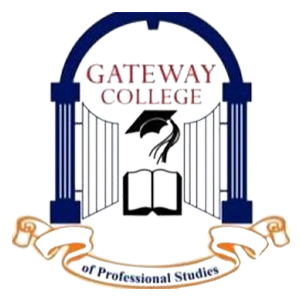
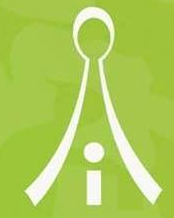
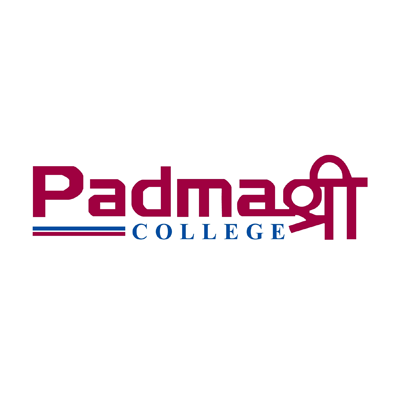
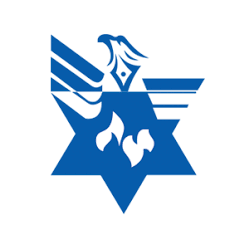
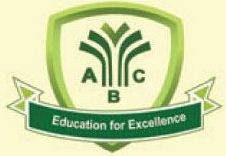
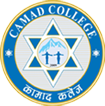
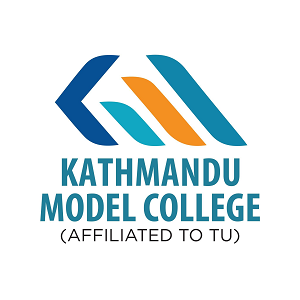
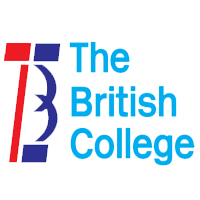
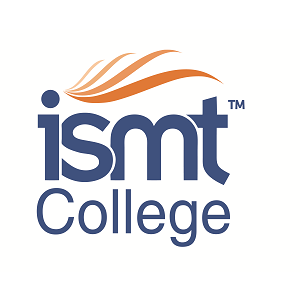
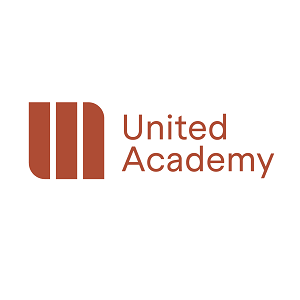
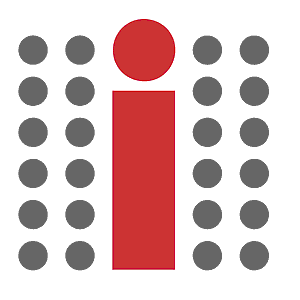
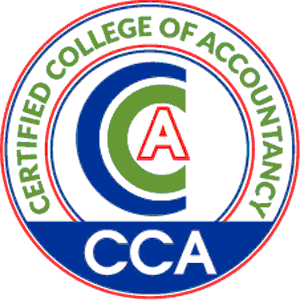
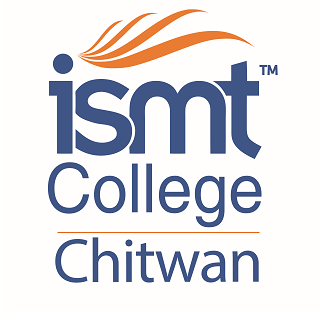
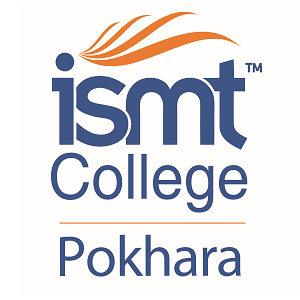

You need to login to comment.